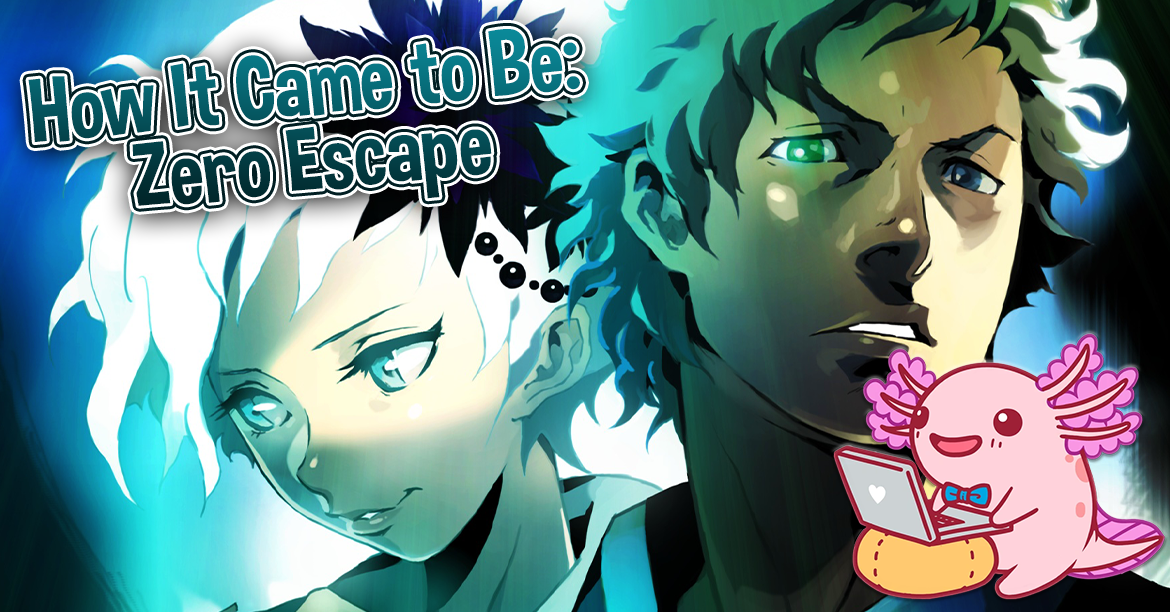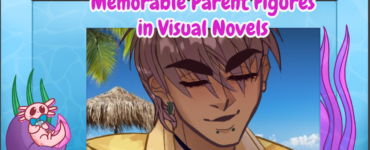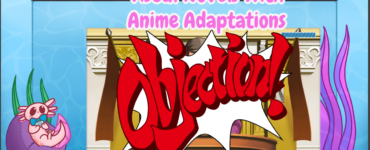Welcome, everyone, to a new series on VN Game Den called “How It Came to Be!” Whenever we digest a piece of entertainment, a common question we all ask ourselves is “How did they do that?” The same is asked about video games. Thanks to hours of research, I’ll be able to answer that question for you. I’ll also be including some history if it’s critical to how a series was made.
Today, I’ll be focusing on the critically acclaimed Zero Escape series. If you’re unfamiliar, let me break it down real quick. Zero Escape is a trilogy that follows a group of nine individuals who have been kidnapped. Their job is to solve a series of puzzles in different rooms and make it out alive. The series consists of three titles: 999: 9 Hours, 9 Persons, 9 Doors; Virtue’s Last Reward; and Zero Time Dilemma.
Now, with that little introduction out of the way, let’s talk about how Zero Escape came to be!
A Visual Novel with Puzzles
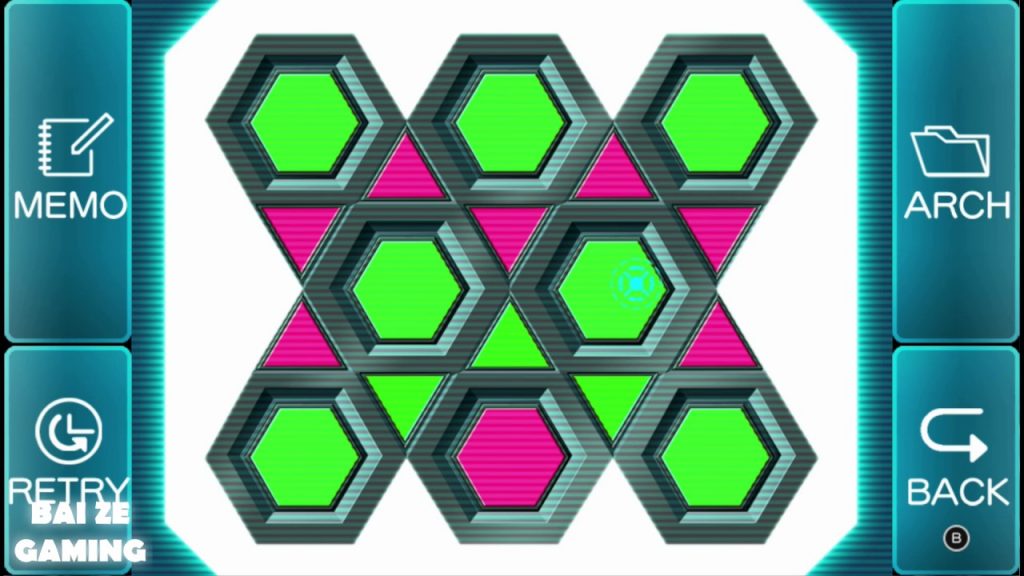
Visual novels can be a tough genre to convince gamers with. After all, they don’t have much gameplay to them outside of making choices. So back in 2008, Spike Chunsoft approached Kotaro Uchikoshi about creating a game that could appeal to a wider audience. As we know now, Uchikoshi settled on implementing puzzles that actually held meaning to the overall story. In a Famitsu interview Uchikoshi did in July of 2009, he revealed that another reason he added puzzles was because he was a fan of escape rooms. While the puzzles helped bring in new fans that were unfamiliar with or hesitant to try visual novels, the overarching story that crosses the three games is what definitely pulled people in.
Writing from Point Z to Point A
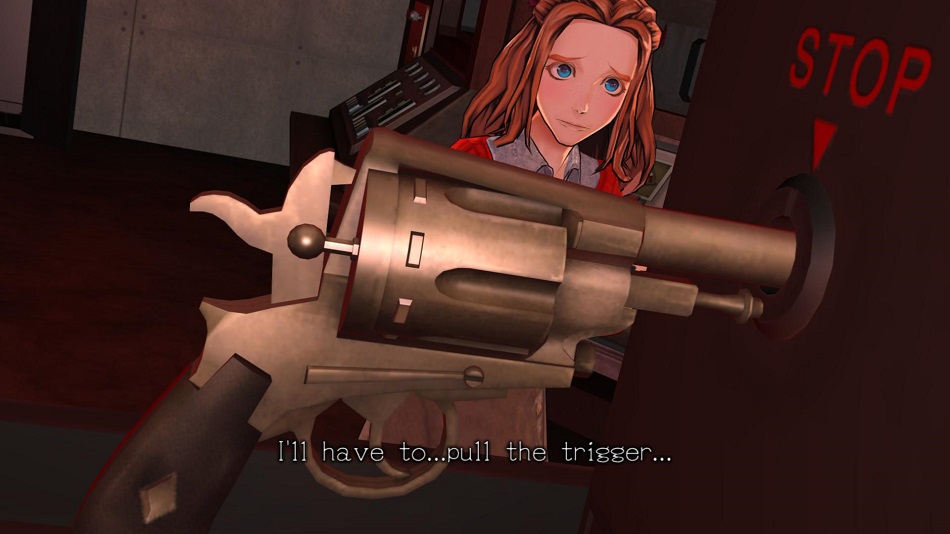
Many writers, including myself, usually begin writing stories from the very beginning. However, that’s not Uchikoshi’s style. He would actually start from one of the game’s endings and work backwards from there. Despite all the different mysteries and sub-plots each game has, the man manages to make it work with this process!
When writing the different paths and scenarios in the Zero Escape series, he would match it with the chart. So he would essentially put the different scenes he wrote up in the various routes if they worked with the narrative that was set up in that single thread of an overwhelming story branch.
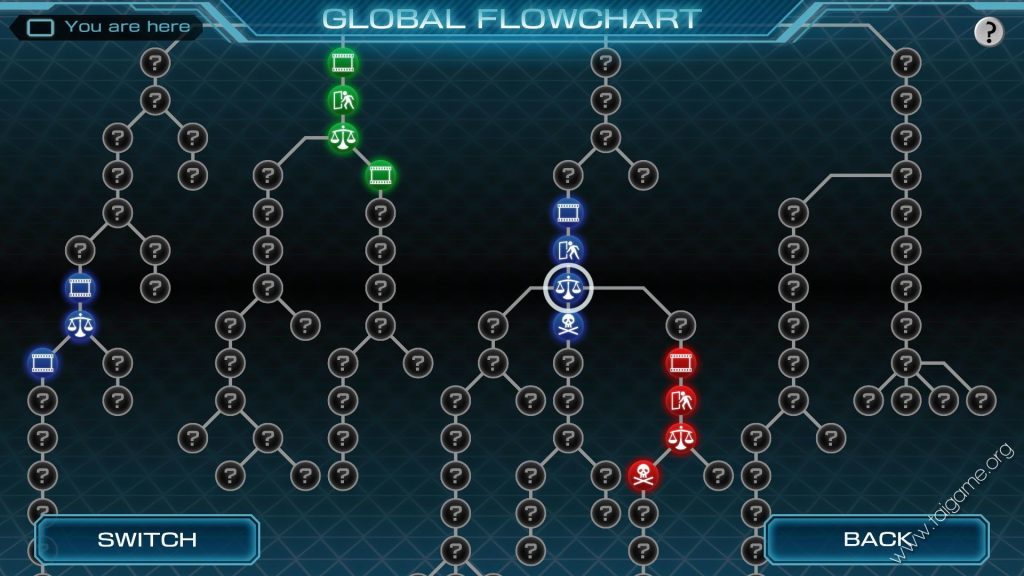
If you took a look at the flowchart I posted above, you can see how vast it is. Frankly, it can seem stressful when it comes to keeping track of the different events from a developer’s perspective. For example, what requirements does the player have to fulfill in order to see this event? Or is this a path that a player can go down that holds knowledge for something else down the road? Thankfully, the brilliant director and writer kept everything including the little details that I just explained in an Excel sheet.
An Unexpected Success in the West
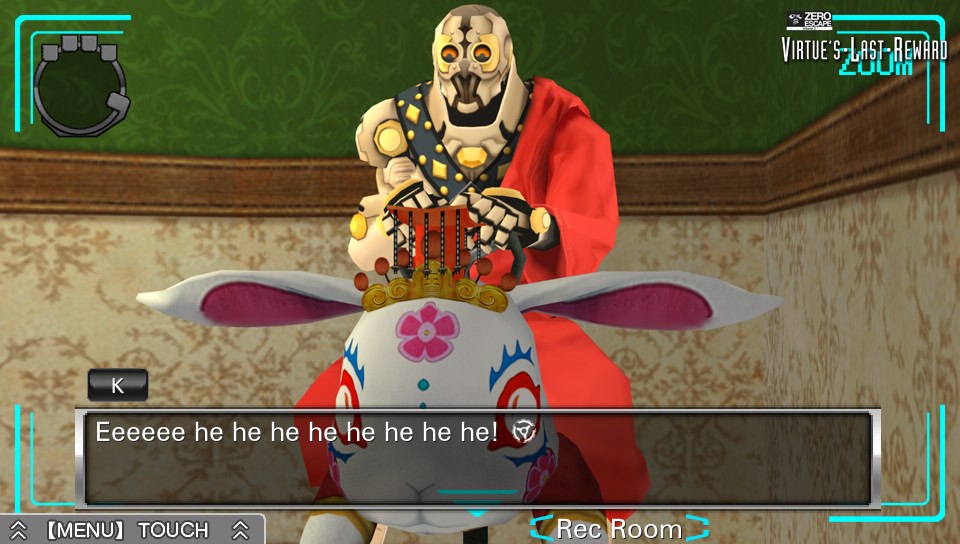
Originally, 999 was meant to be a standalone title. Yep, that’s right. Despite the cliffhanger it leaves off on, the series was never meant to continue. However, 999 was received well by critics and players alike and sold better than expected in the West. So Virtue’s Last Reward was developed, and the game released in 2013 on the Nintendo 3DS.
While we are on the subject of reception: the reason why the first Zero Escape didn’t do so well in Japan sales-wise was because people saw it as “too scary,” according to an interview Uchikoshi did with Siliconera. Admittedly, the first game can be tense. Nine strangers are trapped on a ship with nine hours to escape before it sinks. If they refuse to follow the rules, they’re blown up by a bomb in their stomach. The game goes into extreme detail with the deaths, which will make any squeamish player turn off the game immediately. So when creating Virtue’s Last Reward, Uchikoshi had to turn down the tone of the game.
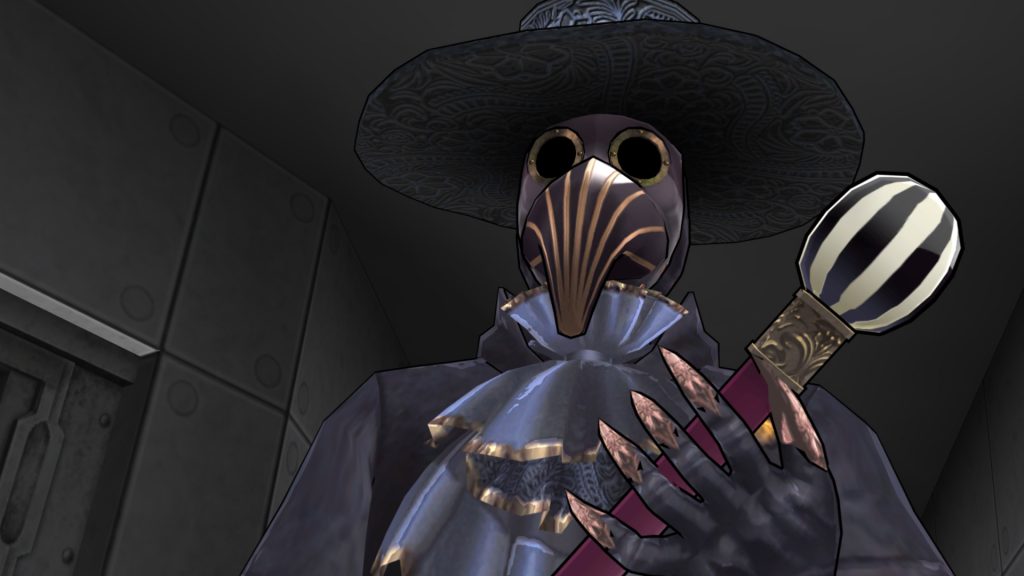
Despite how well-received both 999 and Virtue’s Last Reward were, the latter was a commercial failure in Japan. In its first week, the game sold 9,307 copies on the 3DS and 6,538 on the Vita. 999 didn’t fare much better, either, with 39,653 copies sold in its run. Considering the first game didn’t sell very well, it seems that Spike Chunsoft gave the series another chance because of how well it was received. However, with Virtue’s Last Reward being another commercial failure, the company plugged the plug on Zero Escape.
With the future looking bleak for Zero Escape, fans in the West created Operation Bluebird. The campaign was to raise awareness about the series and show support for a third installment. Some people believe fan campaigns don’t work, but in this case, it did. Uchikoshi presented a fan-made cover of “Morphogenetic Sorrow,” a pivotal track in 999, at a pitch meeting. He believes that this song was what got the game approved for development. The third game, Zero Time Dilemma, was announced at Anime Expo 2015, and trust me when I say that everyone was excited.
A Change in Style
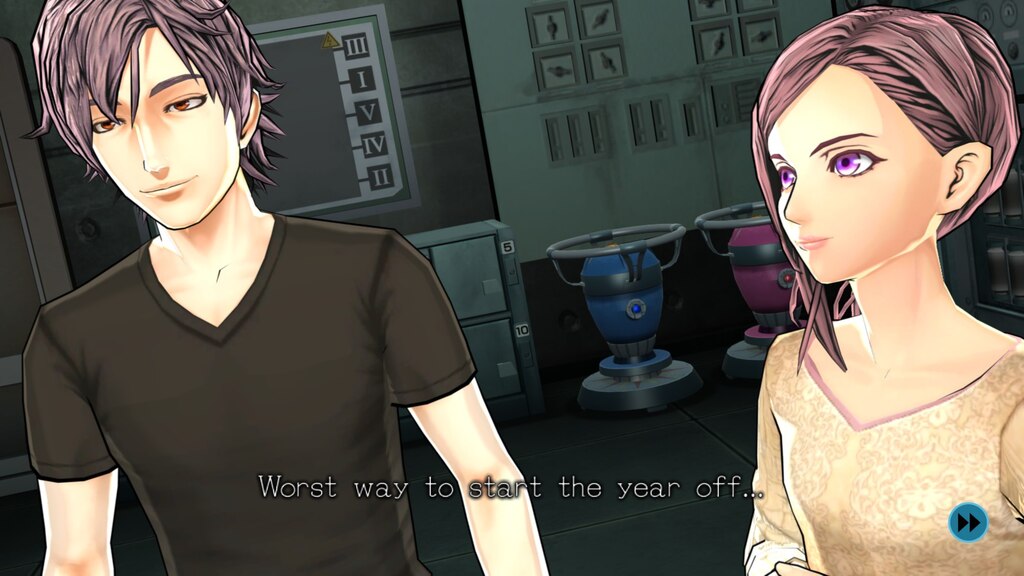
In the last year or so, we’re seeing more visual novels include 3D models instead of 2D sprites. However, when Zero Time Dilemma was released, it was practically unheard of for the genre. Uchikoshi felt that a major barrier to most visual novels is how they look. By adding 3D models and introducing camera angles to show off the different parts of the scene, the game was given a cinematic feel to it. As a result, the player wouldn’t feel like they were reading a book but instead like they were watching a movie or TV show. The change was inspired by Telltale’s The Walking Dead and many 3D adventure games in Japan, such as Level-5’s Time Travelers.
Conclusion

So that’s how Zero Escape came to be! As you can see, this series’ journey to completion was a long and stressful one. However, I think that can be said about many games. Game development isn’t easy, so the fact that Zero Escape, a series that was supposed to be a standalone title, managed to wrap up its story despite Spike Chunsoft not wanting to develop the final game, shows that anything can happen.
If you haven’t played Zero Escape, I hope you do. It’s truly a treasure.

